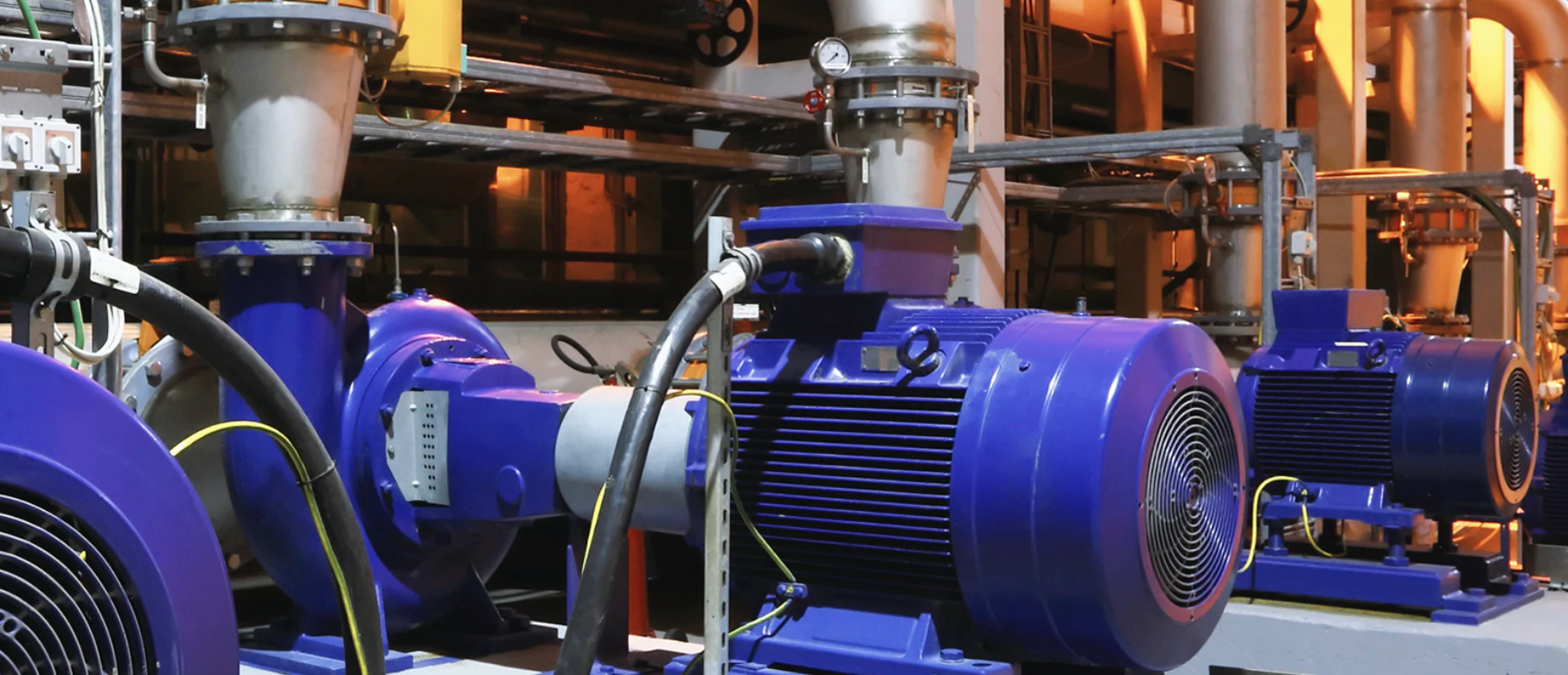In today’s fast-paced industrial environment, the need to prevent equipment failures has never been more critical. Downtime, lost production, and expensive repairs can all have a significant impact on a company’s bottom line. One effective solution to this problem is the use of wireless vibration monitoring, which plays a crucial role in identifying potential issues early and preventing catastrophic equipment failures. In this article, we will explore how wireless vibration monitoring systems contribute to machinery health, the benefits of such systems, and how they integrate into modern maintenance practices.
What is Wireless Vibration Monitoring?
Wireless vibration monitoring is a technology used to continuously track the health of machinery by measuring vibration levels. By monitoring these vibrations, engineers can detect patterns that may indicate wear, misalignment, or other issues that could lead to equipment failure. Traditional methods required manual data collection, which often led to gaps in monitoring or missed warning signs. With wireless technology, data is collected and transmitted in real time, providing a comprehensive overview of machinery conditions without the need for constant human intervention.
How Does It Work?
Wireless vibration sensors are strategically placed on critical machinery components, such as motors, pumps, or compressors. These sensors continuously measure vibrations across a range of frequencies. The collected data is sent wirelessly to a central system, where it is analyzed and compared to baseline levels. When abnormal vibration levels are detected, alerts are generated to notify maintenance teams of potential problems.
The beauty of this system is that it allows for 24/7 monitoring without the need for physical inspections. Data is stored and analyzed in real-time, which makes it easier to track trends, detect anomalies, and respond to issues promptly. This proactive approach allows teams to schedule maintenance during planned downtimes rather than waiting for a failure to occur unexpectedly.
Benefits of Wireless Vibration Monitoring
1. Early Detection of Problems
One of the key advantages of wireless vibration monitoring is its ability to detect problems early. Abnormal vibrations often signal developing issues, such as imbalance, misalignment, or bearing wear. By identifying these problems before they escalate, maintenance teams can take corrective action, preventing costly failures and reducing the need for emergency repairs.
2. Reduction in Downtime
Downtime is one of the most significant costs for any production facility. Unplanned equipment failures can halt operations for hours or even days. Wireless vibration monitoring allows for continuous, automated monitoring of critical equipment, ensuring that potential issues are caught early. This minimizes the risk of unexpected failures, which in turn helps reduce downtime. Planned maintenance is much more efficient and cost-effective than dealing with emergency repairs.
3. Cost Savings
Repairing equipment after a failure is much more expensive than preventive maintenance. Wireless vibration monitoring helps reduce overall maintenance costs by enabling predictive maintenance strategies. By knowing exactly when and where an issue might arise, teams can perform targeted maintenance, preventing the need for large-scale repairs and reducing the likelihood of replacing expensive components prematurely.
4. Improved Equipment Lifespan
The ability to monitor vibration levels consistently helps extend the lifespan of equipment. When machinery is operating outside of its optimal vibration parameters, wear and tear increase. By detecting these anomalies early, maintenance teams can take corrective actions, such as rebalancing, aligning, or replacing components, which helps ensure that machinery runs smoothly for longer periods. This proactive approach extends the overall lifespan of critical equipment.
5. Enhanced Safety
Equipment failures can pose serious safety risks to employees working on the production floor. A sudden machine breakdown could lead to accidents or hazardous conditions. Wireless vibration monitoring systems help mitigate these risks by ensuring that equipment is operating at optimal levels, reducing the chance of sudden failures. By addressing issues early, facilities can maintain a safer working environment.
Integrating Wireless Vibration Monitoring into Maintenance Practices
For companies looking to adopt predictive maintenance strategies, wireless vibration monitoring is an essential tool. By integrating it into regular maintenance routines, organizations can create a more proactive and data-driven approach to equipment health. Here are a few ways to integrate this technology effectively:
1. Identify Critical Equipment
Not all machinery may need constant vibration monitoring. Start by identifying which pieces of equipment are most critical to operations. These might include machinery that is prone to failure, expensive to replace, or essential to the production process.
2. Establish Baseline Vibration Levels
Once the equipment is selected, it’s important to establish baseline vibration levels. This will serve as a reference point when analyzing data. Any significant deviation from these baseline levels could indicate a developing issue.
3. Automate Alerts and Reporting
Many wireless vibration monitoring systems come equipped with automated alerts. These alerts can be customized to notify maintenance teams when specific vibration thresholds are exceeded. Additionally, automated reports can provide a clear overview of machinery health, helping teams plan future maintenance activities.
4. Combine with Other Predictive Maintenance Tools
Wireless vibration monitoring can be even more effective when combined with other predictive maintenance tools, such as thermal imaging, oil analysis, or ultrasonic testing. Together, these technologies provide a comprehensive picture of equipment health, allowing for more accurate predictions and better maintenance decisions.
The Future of Wireless Vibration Monitoring
As technology continues to advance, wireless vibration monitoring systems are becoming more sophisticated and accessible. Innovations such as artificial intelligence and machine learning are being integrated into these systems, allowing for even more accurate predictions and insights. Additionally, wireless technology is becoming more affordable, making it feasible for facilities of all sizes to adopt.
By investing in wireless vibration monitoring, companies can take a proactive approach to machinery health, reducing the likelihood of costly breakdowns and ensuring that equipment runs smoothly for years to come.In conclusion, wireless vibration monitoring is an essential tool in the modern industrial landscape. It helps detect problems early, reduces downtime, cuts maintenance costs, and improves overall equipment performance. For businesses looking to stay ahead of equipment failures and optimize production processes, implementing wireless vibration monitoring is a smart investment.

